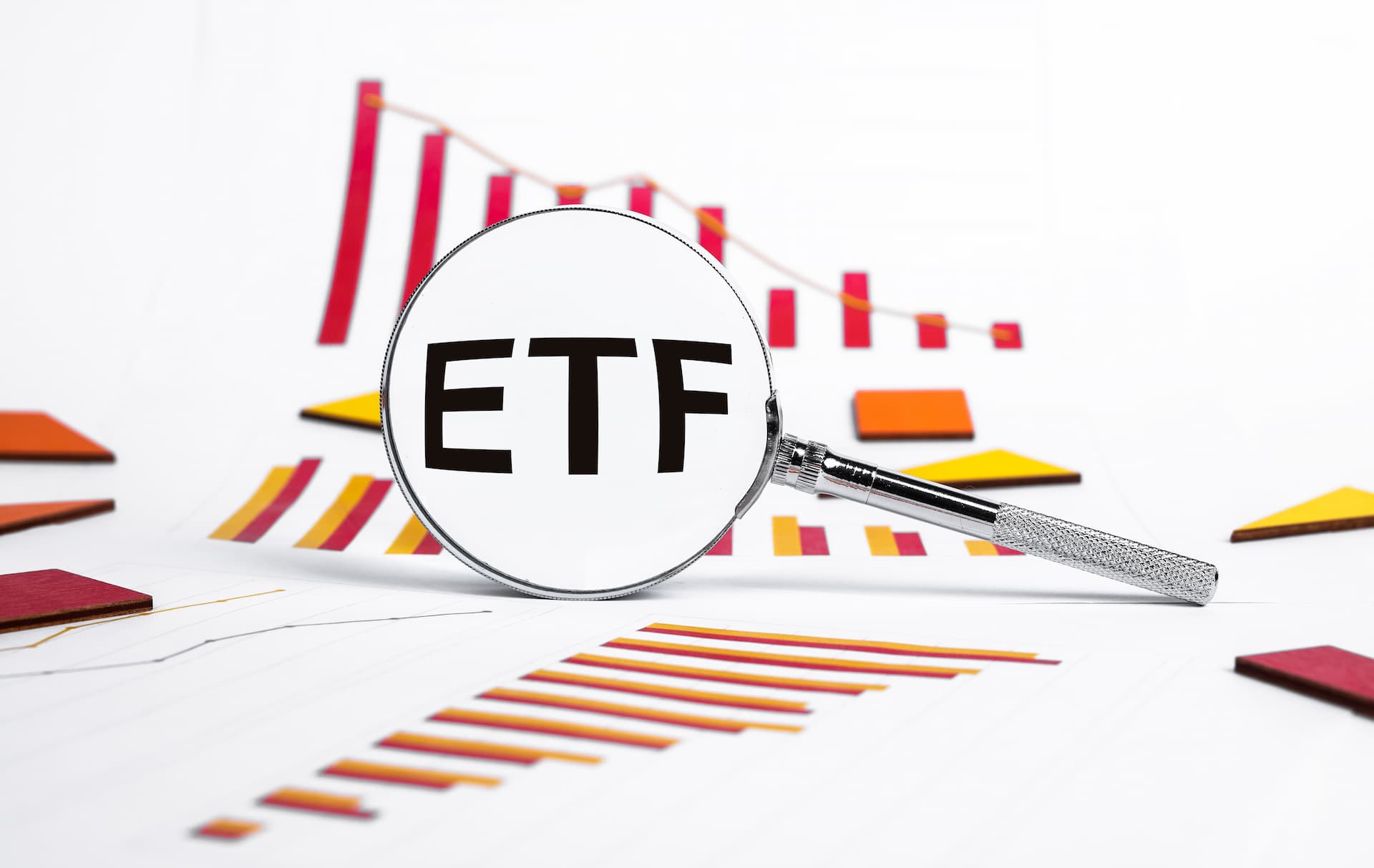Understanding Implied Volatility: Key Insights for Traders
Market volatility refers to the rapid and unpredictable changes in the prices of financial instruments traded in the market. It is a measure of the degree of variation in asset prices within a specific timeframe.

Market volatility refers to the degree of variation in the price of financial assets over time. It is a critical concept for traders and investors as it reflects the level of uncertainty or risk associated with an asset or market. Discover what implied volatility is and how it influences market fluctuations. Learn its role in options pricing and how to leverage it for informed trading decisions.
Definition of Market Volatility
Market volatility measures the extent of price fluctuations in financial markets. It indicates how much and how quickly the value of an asset or a market index changes. High volatility means that asset prices are changing rapidly and unpredictably, while low volatility signifies more stable prices. Market volatility is a natural part of financial markets and can be influenced by a variety of factors.
How Market Volatility is Measured
1. Historical Volatility
Historical volatility is calculated based on past price movements of an asset. It is determined by analyzing the standard deviation of the asset's returns over a specific period. Historical volatility provides insights into how much an asset's price has fluctuated in the past, helping traders and investors gauge the level of risk associated with the asset. For more detailed information on historical volatility, visit the Trading Tools page.
2. Implied Volatility
Implied volatility reflects the market's expectations of future price fluctuations. It is derived from the prices of options and represents the market's forecast of potential volatility over the life of the option. Implied volatility is a key component in options pricing models and helps traders assess market sentiment and potential price movements. Learn more about implied volatility on the CFD Trading page.
3. Volatility Index (VIX)
The Volatility Index (VIX), often referred to as the "fear gauge," measures the market's expectations of future volatility based on S&P 500 index options. A higher VIX value indicates increased market uncertainty and potential for large price swings, while a lower VIX suggests more stable market conditions. For further insights into the VIX and its implications, visit the Stocks page.
Factors Contributing to Market Volatility
1. Economic Indicators
Economic indicators, such as employment reports, inflation data, and GDP growth, can significantly impact market volatility. For example:
-
Employment Reports: Strong or weak employment data can influence investor sentiment and market movements. Strong job growth may signal economic strength, while weak employment figures could raise concerns about economic slowdown. For more information on how employment data affects markets, see the Margin and Leverage page.
-
Inflation Data: Rising inflation can lead to increased interest rates and impact asset prices. Conversely, low inflation may lead to concerns about deflation and economic stagnation. Explore the impact of inflation on trading on the Forex page.
2. Geopolitical Events
Geopolitical events, such as political instability, international conflicts, and trade disputes, can create uncertainties that lead to market volatility. For instance:
-
Political Instability: Elections and political unrest can cause market fluctuations as investors react to potential changes in governance and policy. For insights into the impact of political events on markets, visit the Trading Basics page.
-
Trade Wars: Trade disputes and tariffs can disrupt global supply chains and affect corporate earnings, leading to increased market volatility. Learn more about how trade conflicts impact markets on the Trading Tools page.
3. Market-Specific Factors
Certain factors specific to individual markets or assets can contribute to volatility. Examples include:
-
Corporate Earnings Reports: Unexpected earnings results can lead to sharp price movements in individual stocks. Positive or negative earnings surprises can influence investor sentiment and market stability. For details on how earnings reports affect markets, check the Stocks page.
-
Market Sentiment: Investor behavior and sentiment can amplify price movements and create volatility. Behavioral biases and reactions to news can lead to significant fluctuations in asset prices. Explore the impact of market sentiment on trading on the Trading Basics page.
Implications of Market Volatility
1. Trading Opportunities
Market volatility can create trading opportunities by increasing the potential for profit. However, it also introduces higher risk. Traders who can accurately predict price movements during volatile periods may benefit from significant gains, but they must also manage the associated risks carefully. For tips on trading in volatile markets, visit the Trading Tools page.
2. Risk Management
Effective risk management is crucial when dealing with market volatility. Traders and investors should use strategies such as stop-loss orders and diversification to mitigate potential losses. Understanding how to manage risk during volatile periods is essential for maintaining a balanced trading approach. For more on risk management, see the Margin and Leverage page.
Conclusion
Market volatility is a fundamental aspect of financial markets that reflects the level of uncertainty and risk. By understanding how volatility is measured and the factors that contribute to it, traders and investors can make more informed decisions and develop strategies to navigate fluctuating market conditions.
TAGS
Latest Education Articles
Show moreTake your trading to the next level.
Join the broker built for global success in just 3 easy steps. A seamless experience built for traders who value speed and simplicity.

Create Your Account

Make Your First deposit




